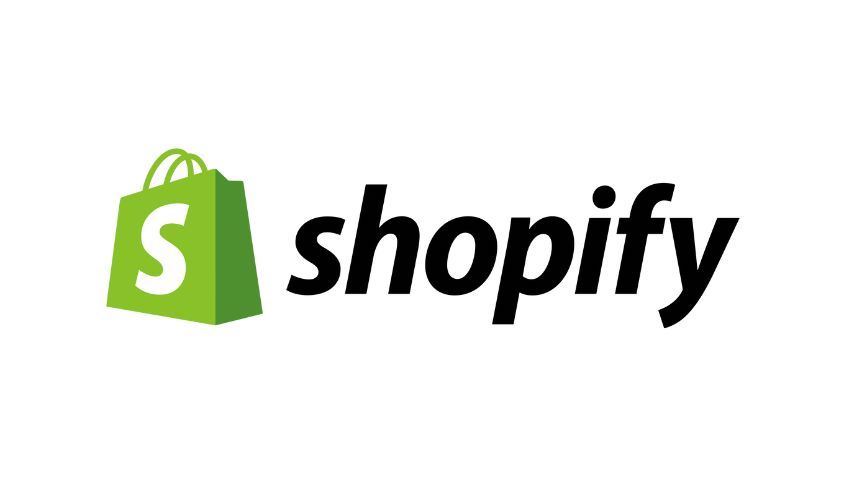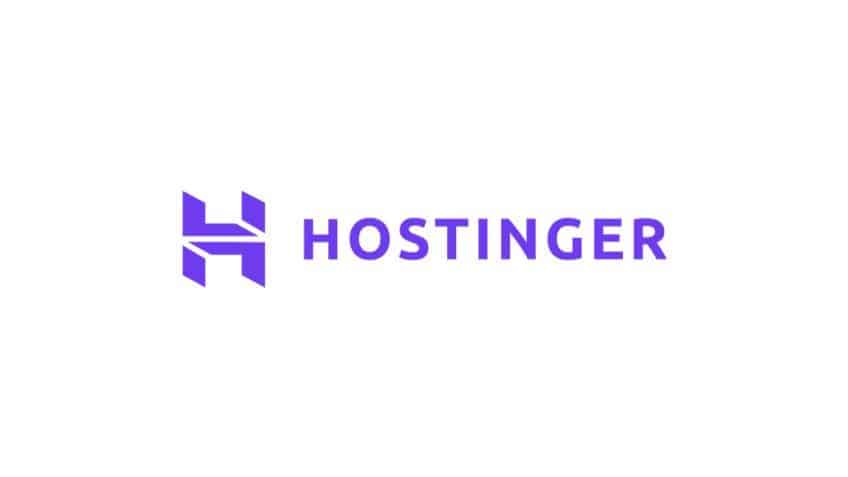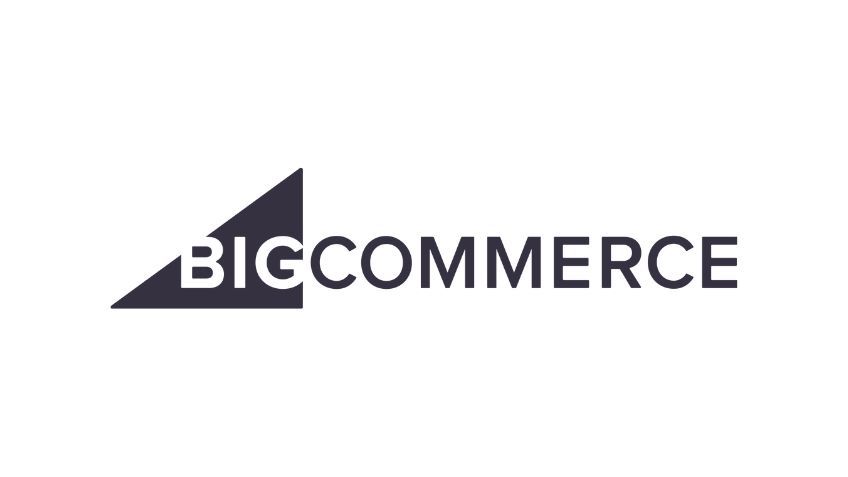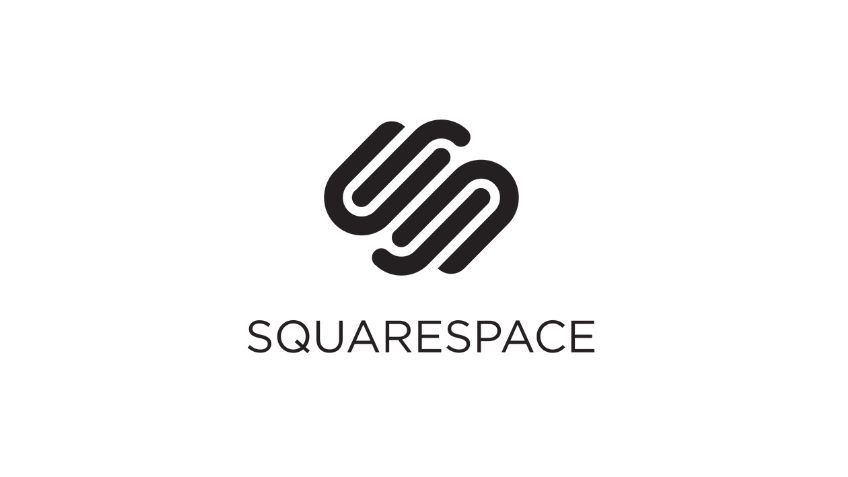If you’re serious about starting and growing an ecommerce store, Shopify is truly the best website builder for you. It’s been around for almost 20 years and is the gold standard for selling online. If you haven’t looked into it, I encourage you to do so.
If you HAVE looked into it and don’t like it for whatever reason, I have a handful of other recommendations worth considering.
The Best Ecommerce Website Builders–Our Top Picks
Shopify is hands down the best ecommerce website builder. There’s not really a way to argue against it. And I’m not just saying that because they pay me more than the other brands on my list (they don’t). I say that because it’s been around for nearly two decades and has everything you need to go from a brand new store to a thriving business bringing in millions per year. Literally everything.
The biggest downside? It’s slightly more expensive–but we’re talking just a few dollars per month.
Aside from that, you may just not like it. And that’s ok.
There are dozens of amazing tools I don’t like for one reason or another that have nothing to do with what they do or how they work. If that’s how you feel about Shopify, here are a few other options I can strongly recommend:
- Hostinger — Best if you want something cheaper
- Wix — Best if you want more drag-and-drop customization
- BigCommerce — Best if your store has thousands of products
- Squarespace – Best if imagery and video help you sell
If you’re wondering about other options, you shouldn’t. Between those five, I’m confident you’ll find something that works well for you.
Cheaper solutions like Square Online, Weebly, or Shift4Shop are just that–cheap. You can honestly ignore these, unless you’re selling for fun or as a hobby.
Shopify – Best for Most Ecommerce Stores

Shopify is one of the most popular ecommerce platforms out there–for good reason. It’s also what I recommend to anyone who asks me.
It’s a true plug-and-play solution for anyone looking to start an online store and grow it. It’s equally great if you’re using something else and want a better ecommerce builder.
One of the key reasons I recommend it over everything else is that no matter how big you get, you’ll never outgrow it.
But even if you’re starting small and you’ve never built a website before, it’s easy to use–you may feel overwhelmed at first, but it doesn’t take long to get comfortable. From choosing a theme and adding your products to configuring shipping options and setting up payment processing, it’s incredibly user friendly.
There are more than 100 free and paid themes to choose from and you can customize just about everything to your liking using a drag-and-drop website editor. Colors, fonts, images, text, layouts, styles, etc. You can make your site look like whatever you want.
You can also add features and functionality by installing apps from the Shopify App Store–things like marketing tools, accessibility checkers, and dropshipping suppliers can be added in just a few clicks.
What’s even better is that Shopify Payments is built right in. You don’t have to sign up with another payment processor and integrate or anything like that. All you have to do is configure all of your settings and you’re ready to start taking payments. With that said, you can bring in other payment processors (it integrates with more than 100) if you’d like.
Aside from that, every ecommerce feature you’ll ever need is available to you–SEO tools, mobile optimization, abandoned cart emails, customer accounts, wish lists, and discounts.
You name it, Shopify has it or partners with someone who does.
The same is true for selling in person. Shopify’s POS is a great option if you decide to open (or already have) a physical location. Everything syncs with your online store to ensure inventory levels are up-to-date and back-end operations are centralized.
Shopify plans start at $29 per month, which is comparable to everything else on the list except Hostinger.
Hostinger – Best if You Want Something Cheaper

Hostinger‘s website builder offers a very affordable way to get your new online store up and running. It gives you basic ecommerce features for a fraction of the price–with a promo rate of $2.99 per month for four years, you’ll pay just $143.52 up front–that’s equivalent to 5 months of Shopify.
With that said, there are some tradeoffs and limitations.
For starters, you can only have up to 500 products. For most people, that’s more than enough but your numbers quickly add up when you consider variations, like size, color, and design.
You’ll also miss out on some of the more advanced ecommerce tools, including POS functionality, a built-in payment processor, marketing tools, and advanced inventory management. Everything with Hostinger will feel very basic in comparison to Shopify. But that’s the tradeoff you make with a solution that’s just a few dollars per month.
Hostinger offers 150 free templates you can use as a starting point for your store.
There’s also an AI-powered site builder that creates the whole entire thing for you. All you have to do is answer a few questions and it’ll pop out an entire website for you in a matter of minutes. Will it be publishable out of the box? No, but it will give you a unique and fun way to get started.
As far as customization goes, you won’t get as many options as Shopify. It’s drag-and-drop builder is very easy, but basic in comparison.
You won’t be able to customize your product pages, quick views, or checkout nearly as much. If you’re anything like me, you care a lot about those little details and it could become a source of frustration.
If you’re more tech-savvy and prefer to use WordPress + WooCommerce to build your store, Hostinger’s shared hosting plans are an affordable alternative. This route isn’t plug-and-play–you’ll have a lot of work to do setting everything up, installing the correct plugins, and building your website. But you’ll get full design control and ultimate flexibility in exchange.
These plans also start at $2.99 per month with a four-year agreement.
Wix – Best if You Want More Drag-and-Drop Customization

Wix is one of the only true drag-and-drop website builders out there. Most restrict you to columns and rows, which give you a professional feel right away, but limit what you can do. Wix is the opposite–you can place elements literally wherever you want.
If that level of freedom and creative control appeals to you, you’ll love Wix.
But if you want something that looks good no matter what you do–something you can’t really screw up–run the other way. All the possibilities can feel overwhelming. Unlike most other builders, it’s definitely possible to make a Wix site look bad. I’m not saying you will, I’m just saying it’s possible.
In terms of ecommerce functionality, Wix has added serious muscle to its capabilities over the last few years. It’s not just a bunch of features slapped onto it’s core builder. It’s a full suite of business tools specifically for selling online.
You’ll get abandoned cart recovery emails, coupons, discounts, support for online orders and delivery, reservation options, online appointment booking, and even ticket management.
However, there are tradeoffs. For one, automated sales tax isn’t included on the cheapest ecommerce plan. On the two higher tiers, there are still limits on the number of times you can use it–100 or 500 transactions, respectively. This can be a huge deal if your customers are located all over the country.
Another limitation is that advanced shipping options, product reviews, and multi-currency aren’t available on the cheapest plan, either. Dropshipping is limited to 25 products and back-in-stock notifications are limited to 10 per month. To remove these limitations, you’ll have to pay $32 or even $159 per month, making it significantly more expensive than Shopify.
There are a ton of little things like this that can quickly require you to upgrade to higher tiers. If you’d rather not worry about restrictions like these, Shopify is probably a better choice despite it being less customizable.
BigCommerce – Best if You Have Thousands of Products

BigCommerce is a reputable ecommerce site builder that offers top-tier features for enterprise businesses. It also offers standout wholesale and B2B ecommerce options, like bulk pricing, quote management, customer groups, and custom price lists.
Every plan also comes with the ability to sell on Facebook, Instagram, Pinterest, Google Shopping, eBay, Amazon, and via POS. None of the others are as extensive at the cheapest level.
But what makes it most interesting is that it’s built specifically for large stores with a ton of products.
It focuses heavily on simplifying inventory management, stock levels, and updating hundreds of products at the same time. Imagine going into 400 products one at a time–no thanks. This isn’t really a problem if you only have a few products, but it gets very cumbersome at scale.
Its Enterprise plan comes with even more advanced capabilities, specifically for large stores, including multiple storefronts, headless ecommerce options, advanced wholesale capabilities, commerce as a service, and international sales.
One tradeoff with BigCommerce is that many essential features aren’t available on the cheapest plan, including abandoned cart emails, customer reviews, and product filtering. But the biggest on is that each plan has an annual revenue cap–for example, you’ll be forced to upgrade if you make more than $50,000 in sales.
If none of those the advanced features interest you, you’re better off going with Shopify.
Squarespace – Best if Imagery and Videos Help You Sell

Squarespace stands out for its beautiful templates and heavy focus on imagery. Take a look at Squarespace’s home page. It looks nothing like any of the others on our list. It’s warm, welcoming, and very creative.
The same is true of all of its templates. They look great out of the box and emphasize large images, video, and unique design.
It also makes it easy to connect your site to social media. It even has built-in graphics tools so you can design and plan posts right in the platform, then push it directly to Facebook, Instagram, and other channels.
For ecommerce functionality, you’ll be able to sell physical products, services, courses, and subscriptions–subscriptions are limited to the top tier, though. This is great for creative businesses who want to create multiple revenue streams.
You’ll be able to showcase your items with sprawling layouts designed to showcase the look and feel of every product.
Like the others, Squarespace has tradeoffs. It’s ecommerce tools are very limited in comparison. You’ll get the basics, but you won’t find advanced inventory management, a ton of customization options, or many of the smaller details you’d get elsewhere. On top of that, abandoned cart emails, advanced discounts, related products, social selling, wish lists, and advanced shipping are only available on the most expensive tier.
Lastly, you have to use code to install apps–unlike other providers, there is no one-click app store to extend your store’s functionality.
What Matters When Reviewing Ecommerce Website Builders
With any website builder, it’s going to be a major hassle to move your website somewhere else if you change your mind. Because of that, long-term fit and scalability are probably the most important things to consider.
That’s why I usually recommend Shopify–you’ll never outgrow it.
However, there are several other things I took into consideration when deciding which alternatives to suggest.
Easy to Use (Without Sacrificing Quality)
It truly doesn’t have to be hard to build and manage an ecommerce store. The tech you use shouldn’t hold you back or get in your way. If you can’t figure out how to use the software, even the best of ideas or top-tier products mean nothing.
Even if you know what you’re doing, there’s no reason to settle for something that’s frustratingly challenging to use.
Good website builders simplify everything for you.
Depth of Customization
I mean this in both terms of design and ecommerce functionality. How granular can you get with shipping options? Do you get control over what your store’s checkout process looks like? Can you extend your site’s functionality in a few clicks?
The number of options specifically for ecommerce varies wildly from one provider to the next. It’s important to decide what’s most important to you when making your final decision.
Furthermore, all of the options on my list let you take design customization as far as you want, as long as you know how to code or hire someone who can do it for you. To me, that’s critical. You should always have options to take things further. Cheaper solutions, like Weebly or Square Online, don’t give you the option. That limits you–for no reason.
Template Quality
Each of the website builders on this list comes with a variety of templates to start with. However, the number of templates available doesn’t necessarily matter. If you don’t want to use any of them, you won’t care if there are seven or 500.
The templates offered by each platform differ—sometimes drastically.
